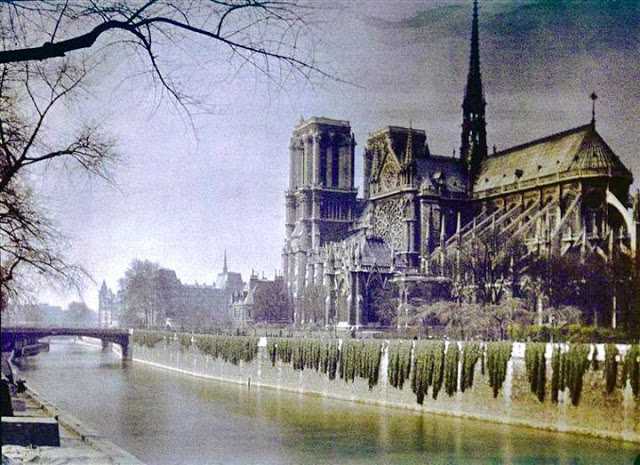
"It may well be that the major piv­ot points of his­to­ry are only vis­i­ble to those around the bend. For those of us immersed in the present-for all of its deaf­en­ing sirens of vio­lent upheaval-the exact years future gen­er­a­tions will use to mark our epoch remain unclear. But when we look back, cer­tain years stand out above all oth­ers, those that his­to­ri­ans use as arrest­ing­ly sin­gu­lar book titles: 1066: The Year of Con­quest, 1492: The Year the World Began, . The first such year in the 20th cen­tu­ry gets a par­tic­u­lar­ly grim sub­ti­tle in his­to­ri­an Paul Ham's 1914: The Year the World End­ed."
"It sounds like hyper­bol­ic mar­ket­ing, but that apoc­a­lyp­tic descrip­tion of the effects of World War I comes from some of the most elo­quent voic­es of the age, whether those of Amer­i­can expa­tri­ates like Gertrude Stein or T.S. Eliot, or of Euro­pean sol­dier-poets like Wil­fred Owen or Siegfried Sas­soon."
Major historical turning points often become visible only to later observers. The year 1914 acted as a decisive rupture that ushered in the cataclysm of World War I and obscured the character of the preceding era. Contemporary writers and poets portrayed the war's effects in apocalyptic language, with voices such as Gertrude Stein, T. S. Eliot, Wilfred Owen and Siegfried Sassoon registering profound cultural shock. French survivors later named the gilded prewar years La Belle Époque and remembered them nostalgically. Popular memory commonly fixes 1914 in grainy black-and-white, while color images reveal a vivid, lively prewar world.
Read at Open Culture
Unable to calculate read time
Collection
[
|
...
]